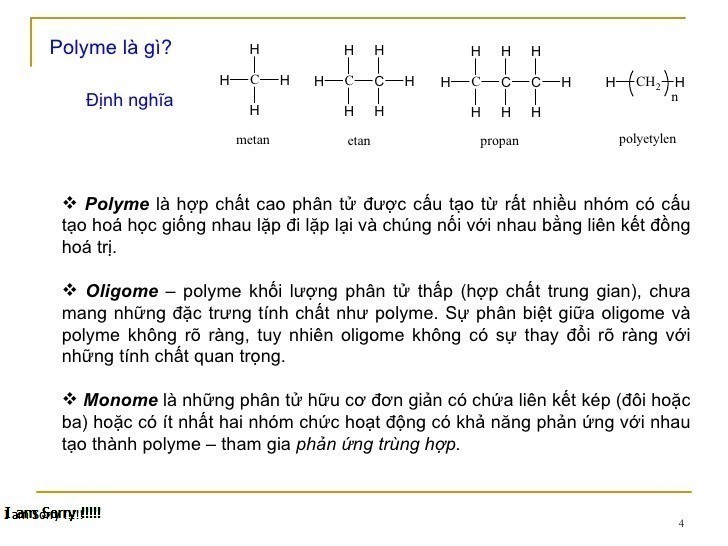

Now that this task is done let’s actually build our content.

You can have the Content Pipeline automatically process content for a variety of different platforms. This time we simply want to change the target platform to MacOS: Now select the Content node and the properties available will change again. Here you can set the automatic generation of mip maps, resize to power of 2 dimensions, change the compression settings, etc.īy selecting the Importer drop down you can get an idea of the various type of assets supported by the Content Pipeline: With the image selected, notice the options available below it:Įach different importer has a different set of parameters you can modify. You now have a few options about how the content will be processed on import. I want a copy to be made so the original is unaffected. Now you will be asked how you wish to import the file. Let’s take a quick example of importing a texture.īrowse to the image you wish to import as a texture then select OK. This is the tool you use to assemble the assets your game is going to use. If you look under the Content folder of your Solution, you will see a file called Content.mgcb.ĭouble click this and the Content Pipeline tool will load: Let’s take a look at the process in MonoGame. The Content Pipeline takes external assets for your game, be them videos, textures, sounds, fonts, etc… converts them for your platform of choice, generating a XNB file, a binary format that XNA used internally. The content pipeline was a major component missing from MonoGame, but they have recently implemented one. Input #endregion namespace HelloMonoGame #region Using Statements using System using Microsoft.


 0 kommentar(er)
0 kommentar(er)
